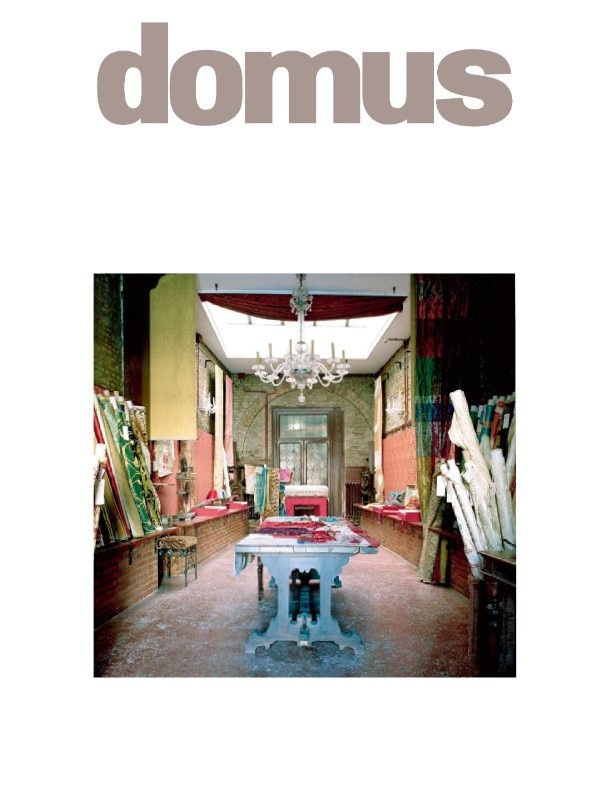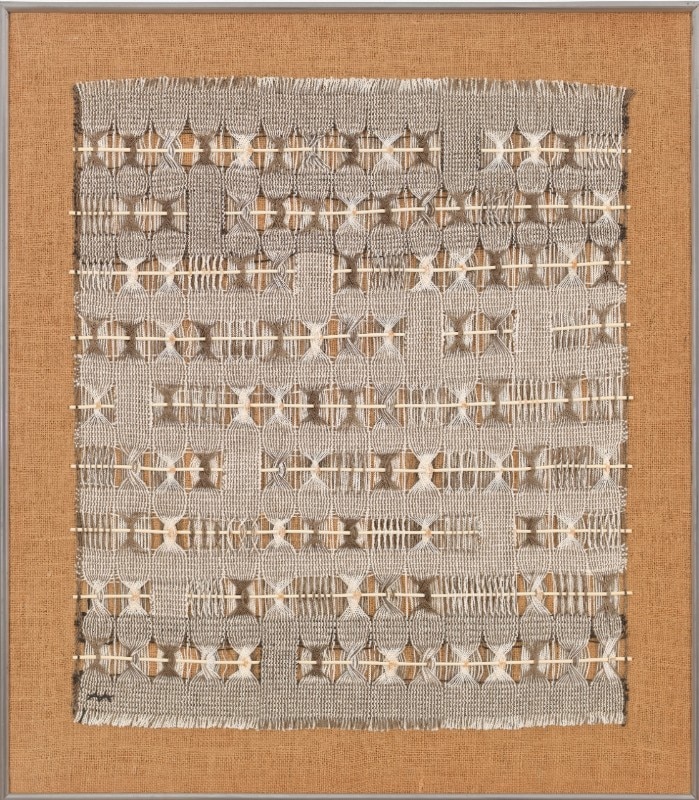“If luxury is not a good way of supporting or promoting an economy, it is a means of holding, of fascinating a society. And those strange collections of commodities, symbols, illusions, fantasms and intellectual schemas that we call civilizations must also be invoked at this point. In short, at the very deepest levels of material life, there is at work a complex order, to which the assumptions, tendencies and unconscious pressures of economies, societies and civilizations all contribute.”
Fernand Braudel, The Structures of Everyday Life: The Limits of the Possible, William Collins Sons & CoHarper & Row, 1981
We live in a material world. The study of materials is fundamental for those who create with them: makers such as artists, designers and architects. Each day, makers ask what material to use, how to use them, where they come from and where they end up. How are incredible projects assembled and by who? Materials encompass and embody the history of human civilisation and ecology, outlining the essential relationship between natural resources and artefacts. Material developments are rapidly evolving as we seek more accessible, equitable and ecological relationships with these resources. The processes of fabrication are also changing, combining handmade, machine-made or digitally produced components to optimise a complex agenda around questions of resource management.
Globalisation enabled infinite accessibility and international networks of material flows that continue to produce ever-larger carbon footprints. This global resource extraction model has been radically called into question, especially considering the outsize role the building trades take in climate change. Aesthetically, too, globalisation had a homogenising effect on material culture. Appearances became generic. “Materials and makers” is a theme that engages with diverse contexts and viewpoints; the topics involve different economies, skill sets, use patterns and cultural traditions.
The emerging material practices we present here are highly speculative and suspicious of uniformity.
The history and culture of materials is written in their origins, the resources they utilise, the skill of their craftsmanship and fabrication, and their performance. In creative disciplines, materials change with their functions, access and the meanings they impart. For example, material practice can be spoken of in terms of effect, such as ambiance, imagery and atmosphere. Or, it might be framed as the presence or absence of tactility; a topic that has deep cultural connotations and is a language of its own, defining associations such as rough and primitive or smooth and refined. Similar connotations are found with pattern and coloration.

Materials are also symbolic; they are embedded in culture. Introduced in this issue, the work of Anthony Olubunmi Akinbola uses the durag as the medium for his painting. The durag is symbolic of pride in natural black hair and a statement of black identity. Cai Guo-Qiang, another artist featured here, uses gunpowder as his painting material, not for the purposes of violence or destruction, but for the promotion of human unity. Materials, and those who make meaningful contributions with them, impact human experience across multiple scales: from the individual and personal to the local and communal, to the macro and global. This issue’s focus on materials and makers is pragmatic – both are bound by function – and it is also an examination of the means and methods involved in the intricate process of assembly.
Some makers use their own hands to work, while others rely on an extensive list of people to access a wide range of expertise. The emerging material practices we present here are highly speculative and suspicious of uniformity. Some contemporary approaches to material culture combine otherwise opposite qualities such as lightness and heaviness or ephemerality and permanence. This complex and indeterminate material culture is explored by Ensamble in their concrete Tent, for example, which simultaneously embodies these contrasting qualities.
Textiles are among the most versatile and technologically advanced materials we have available today. […] Their pliability is key to their strength and performance, yielding to, rather than resisting, forces.
This issue of Domus is an entry point to framing commonalities. Access to technology or materials is limited and different in every case, so we present a range of material choices, fabrication methods and scales, such as Johnston Marklee’s tilt-up Margo Leavin Graduate Art Studios for UCLA or the dichroic interiors and installations by Milliøns. We also look at vernacular building materials and methods that harvest wisdom from traditions without being historicist.
More recently, often stemming from ecological concerns, there is a renewed interest in vernacular craft and material techniques. In the Shishi-Iwa House No.3 hotel, Ryue Nishizawa utilises a traditional approach to building in wood to augment the experiential effects of a contemporary design. Each practice published in this issue explores new boundaries and platforms. The ethics of material use and climate change is strongly expressed in an interview with Anna Heringer. In her work, there is a clear ethical stand that relates directly to the need to confront the climate crisis.
There are other sociopolitical dimensions to making and materiality. Materials and designed products are often associated with luxury and privileged segments of society. What’s more, the maker economy is embedded in a social class system where upward mobility is limited. How can we create equity and accessibility to design culture? How can we engage with the communities that previously did not have access to design? The projects for Berea College by Stephen Burks are used to train students in traditional craft production and hope to answer these questions. By engaging with the education of design, Burks seeks to elevate the craftwork of students from a utilitarian to an artistic level, thereby leapfrogging value for their work in society.
Materials, and those who make meaningful contributions with them, impact human experience across multiple scales: from the individual and personal to the local and communal, to the macro and global.
Like Burks, nearly every contributor to this issue is aligned with educational initiatives for designers. Their thinking on the evolution of design ethics and education can be glimpsed through their work. My personal interest and the subject of my material research has been textiles. Textiles were originally fabricated as garments to protect the human body. They also comprise a spectrum of ancient materials that once provided shelters for nomadic tribes. Textiles today can be handmade, machine produced or digitally fabricated.
Anni Albers’s essay The Pliable Plane demonstrates how prescient her thinking was, now that textiles are among the most versatile and technologically advanced materials we have available today. Drawing from this research, I am also interested in textiles’ capacity to become a structural material. They can disperse forces and offer a more dynamic way of dealing with weight and gravity, unlike other static materials that withstand force through density and dimension. Their pliability is key to their strength and performance, yielding to, rather than resisting, forces. Meanwhile, the technology of textiles continues to advance and inspire. Weaving is a binary process: it follows warp and weft. The original Fortran programming language was modelled after these processes of the jacquard loom. In this lineage, the designs of A-POC Able experiment with the digital capabilities of textile craft, inspired by the groundbreaking vision of their founder, Issey Miyake. Through these explorations of materials and makers, in this issue of Domus we witness the motives of creators shifting from consumer-oriented priorities of disposability and waste, towards trends that have more urgent and longer-lasting impacts for the ecology of the Earth, the retention of tradition and the rethinking of materials in our time.
Opening image: Anni Albers, Variations on a Theme, 1958. Cotton, linen and plastic. 87.6 x 77.5 cm. Photo Tim Nighswander/Imaging4Art © 2023 The Josef and Anni Albers Foundation/SIAE, Rom


